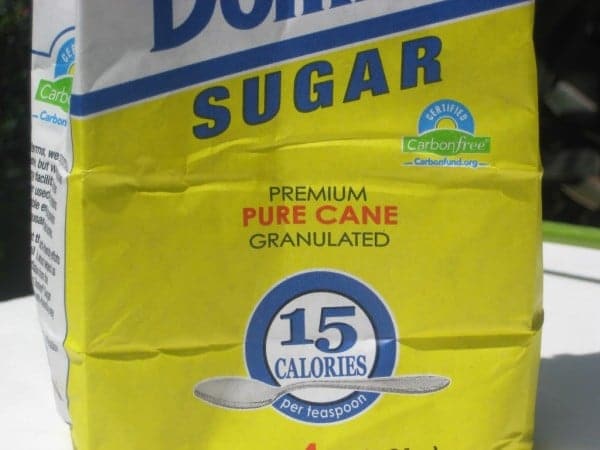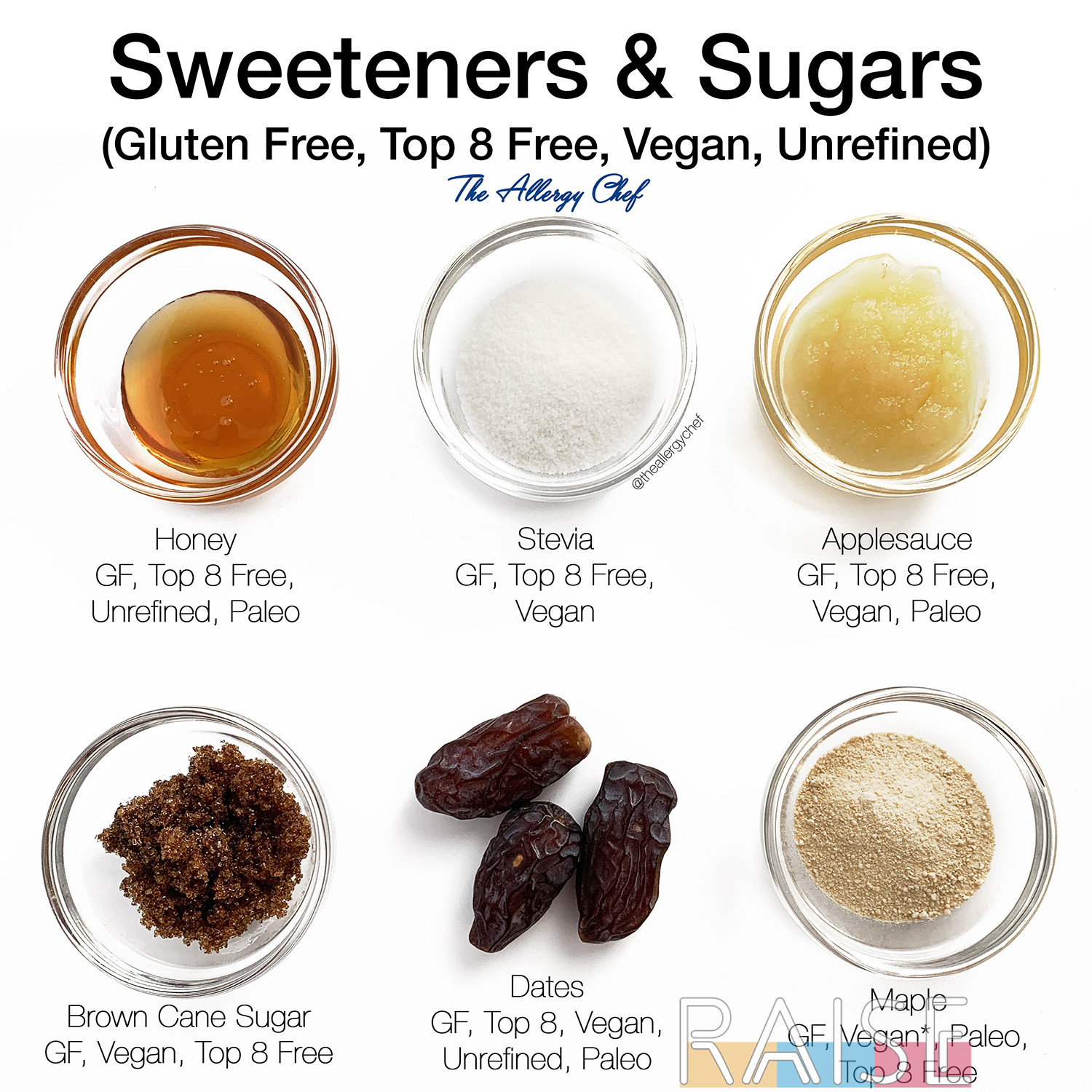Checking Out Beet Sugar Vs Cane: Nutritional Conveniences and Culinary Uses
The contrast in between beet sugar and walking stick sugar expands past plain taste and texture, revealing complex nutritional accounts and cooking applications that merit careful examination. While both sugars share a common structure in sucrose, their distinctive characteristics can influence not only health factors to consider yet additionally the results of various dishes. Understanding these distinctions can help in making educated options for both culinary preferences and dietary needs. As we discover the nuances of these two sugars, it becomes clear that the effects of their usage are more profound than one may originally presume.
Overview of Beetroot Sugar
Although both beetroot sugar and cane sugar serve similar functions in culinary applications, beet sugar is obtained especially from the sugar beetroot plant (Beta vulgaris), a root veggie cultivated in warm climates. This procedure starts with the harvesting of sugar beetroots, which are then cleaned, sliced, and subjected to extraction techniques to produce sugar-rich juice (beet sugar vs cane). The juice goes through purification and crystallization, leading to the granulated sugar commonly utilized in homes and markets
Nutritionally, beetroot sugar is chemically identical to walking cane sugar, both mainly including sucrose. Nonetheless, beet sugar production has a tendency to have a reduced environmental effect, as sugar beetroots require less water and can be expanded in varied agricultural conditions. In addition, the cultivation of sugar beetroots can add to plant rotation practices, boosting dirt health.
Beetroot sugar typically has trace amounts of minerals and vitamins, consisting of calcium and potassium, although these are minimal in normal usage. In food preparation and cooking, beetroot sugar carries out equivalently to its walking cane counterpart, making it a functional sweetener. Its neutral flavor account allows it to be effortlessly incorporated right into numerous recipes without changing the intended taste of the last product.
Review of Walking Stick Sugar
Walking stick sugar, obtained from the sugarcane plant (Saccharum officinarum), represents approximately 70% of worldwide sugar production. This flexible sugar is cultivated in tropical and subtropical regions, with major manufacturers including Brazil, India, and China. The removal process involves crushing the sugarcane stalks to release the juice, which is after that cleared up, evaporated, and crystallized to generate raw walking stick sugar.
Walking stick sugar is characterized by its penalty, white granules and is typically discovered in both powdered and granulated kinds. Its flavor profile is commonly described as clean and sweet, making it suitable for a broad array of cooking applications, from cooking and cooking to sweetening drinks.
In addition to its culinary uses, cane sugar likewise works as a chemical in jellies and jams, in addition to a fermentation representative in the manufacturing of alcohols. The sugar is frequently processed into different items, including molasses, brown sugar, and fluid sugar, each offering unique characteristics that can improve different dishes. Overall, walking cane sugar remains a standard component in kitchen areas around the globe, underscoring its significance in both cooking traditions and contemporary gastronomy.
Nutritional Comparison
When comparing beet sugar and cane sugar, it is crucial to analyze their nutritional profiles to understand their influence on health and wellness. Both types of sugar are mainly composed of sucrose, click here now which is a disaccharide made up of sugar and fructose. This suggests that, in regards to caloric web content, they are virtually the same, providing about 16 calories per tsp.
Nonetheless, there are refined differences in their handling and mineral material. Beet sugar is usually refined making use of bone char, which may not be appropriate for vegetarians and vegans, while walking cane sugar can be a lot more straightforwardly improved. In terms of trace minerals, walking stick sugar might keep somewhat much more calcium, magnesium, and potassium because of less substantial handling, though these amounts are negligible contrasted to daily advised consumption.
Furthermore, both sugars click reference contribute to the very same health dangers when consumed in extreme quantities, such as weight problems, type 2 diabetes, and dental problems. Inevitably, the choice in between beet and cane sugar may hinge much more on individual preference or dietary limitations as opposed to significant differences in nutritional value. Comprehending these nuances can aid customers in making educated dietary options.

Culinary Utilizes of Beetroot Sugar
Beetroot sugar, a functional sugar obtained from sugar beets, locates many applications in culinary methods - beet sugar vs cane. Its fine-tuned crystals liquify conveniently, making it a perfect ingredient for cooking, cooking, and beverage preparation. In the realm of cooking, beet sugar adds to moisture retention and browning, improving the appearance and taste of cookies, cakes, and pastries
Additionally, its neutral flavor profile enables it to mix effortlessly right into various recipes without subduing various other active ingredients, making it ideal for both pleasant and mouthwatering recipes. Beet sugar can additionally be utilized in marinades, sauces, and dressings, where it stabilizes level of acidity and enriches the overall preference.
In beverages, beet sugar is generally utilized to sweeten tea, coffee, and mixed drinks, giving a regular sweetness that matches varied flavor accounts (beet sugar vs cane). In addition, it works as a preservative in jams and jellies, guaranteeing a steady item with improved life span
Culinary Use Walking Cane Sugar
Sweet taste is a fundamental facet of numerous culinary creations, and walking cane sugar plays a vital role in attaining that balance. Walking stick sugar boosts flavors in treats, providing the sweetness necessary for cakes, cookies, and pastries.
In savory meals, cane sugar can balance acidity and resentment, enhancing the general flavor profile. It is commonly used in sauces and sauces, where it aids to produce a harmonious mix of sweet, salty, and umami notes. Additionally, cane additional resources sugar is a key ingredient in maintaining fruits, as it acts as a natural chemical, inhibiting microbial development.
In drinks, walking stick sugar is commonly chosen for sweetening soft drinks, alcoholic drinks, and teas, allowing for a clean, pure sweetness. Its adaptability makes it a staple in both home kitchen areas and specialist culinary settings, showcasing its significance in attaining culinary excellence.
Verdict

The comparison between beet sugar and walking cane sugar extends past mere taste and appearance, revealing intricate nutritional profiles and cooking applications that merit mindful exam.Although both beet sugar and walking stick sugar offer comparable features in cooking applications, beetroot sugar is acquired particularly from the sugar beetroot plant (Beta vulgaris), an origin vegetable grown in temperate climates. Beet sugar production often tends to have a reduced environmental influence, as sugar beets need much less water and can be grown in varied farming conditions. The sugar is frequently processed right into different products, consisting of molasses, brown sugar, and fluid sugar, each offering special attributes that can enhance different dishes.Beet sugar, a flexible sweetener obtained from sugar beetroots, finds countless applications in culinary techniques.